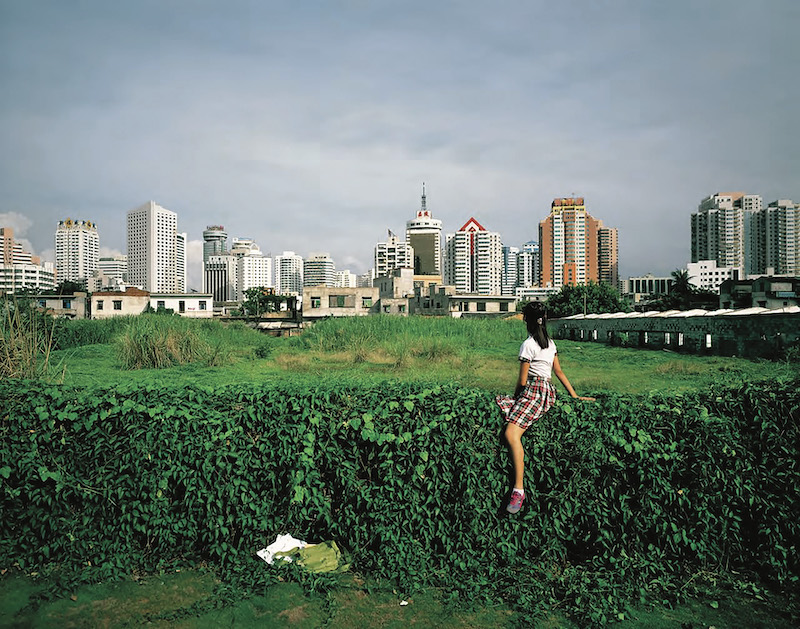The Alexander Tutsek-Stiftung (Alexander Tutsek Foundation) in Munich recently published a book featuring over 200 photographs by 40 different Chinese photographers, About Us: Young Photography in China. Published shortly after an exhibition of the same title, the book not only shows how huge the community of contemporary photographers in China has become – It presents a diversity within Chinese photography that is still virtually unknown to Western audiences.
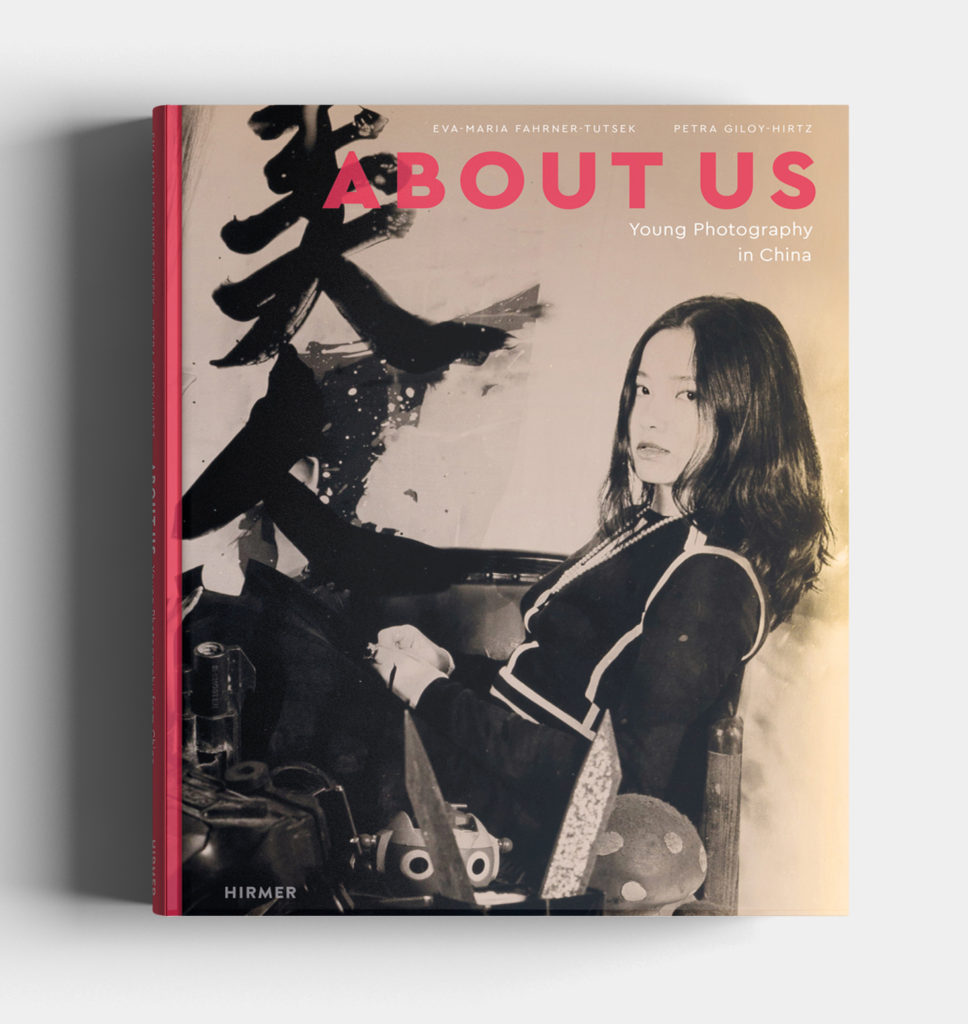
The beginnings of Chinese Contemporary Photography
Contemporary Chinese photography emerged just after the end of the Cultural Revolution, when China’s Reform and Opening up policies started to transform the country. It was around this time that many other contemporary art forms took shape in China. During the Mao-era, photography was largely reduced to a propaganda tool. The photographers who were formed during the late 1970s and 80s were among the first to use visual technology as an art form for individual expression. This is where the term “unofficial photography” started to be used.
New Wave Photography (1980s)
Unofficial photography soon evolved into what is called “New Wave Photography” in the 1980s. Greatly inspired by Western techniques and theory, and driven by a desire for social change and artistic freedom, young Chinese photographers started producing documentary-style photography. Many of these works started following a strong political agenda: Some photographers explored the negative aspects within contemporary society, such as poverty. Some even went so far as to glorify pre-Communist China. Much of this work was driven by a search for truth outside of state-run channels that had so dominated people’s everyday lives during the Mao-era.
Experimental Photography (1990s – 2000s)
What Chinese photography is best known for in the West is the experimental photography that took hold in the 1990s to mid 2000s. The establishment in 1993 of the East Village area in Beijing was one of the most important landmarks in the history of contemporary Chinese photography.
The Beijing East Village was a community of like-minded photographers and multi-media artists who started exchanging ideas and collaborating on projects together. As a result, Chinese photography often overlapped or even merged with performance, installation and multimedia art. Many performers, for instance, used photography frequently to document their work, sometimes even reinventing themselves as photographers.
Zhang Huan 张洹 (b. 1966) was a prime example of this. He was also one of the most powerful driving forces within the young photographers community, along with fellow photographer RongRong 荣荣 (b. 1968).
12 Square Meters and Other Iconic Works
One of their best known collaborations and arguably most famous work, titled 12 Square Meters, was a performance for which Zhang Huan covered himself in honey and fish sauce. He sat for hours in a public latrine as flies covered his body. RongRong documented the entire performance in a series of photographs, which has become emblematic of experimental Chinese photography. As a powerful political statement, the title 12 Square Meters pays tribute to fellow East Village artist Ai Weiwei, whose father was assigned to clean the public toilets during the Cultural Revolution.
To Add One Meter to an Anonymous Mountain (1995) was another iconic collaborative performance of Zhang Huan’s with nine other East Village-based artists, in which Zhang Huan and his peers stacked themselves on top of one another to form a naked human pile on top of a mountain near Beijing.
This extreme form of experimental photography, in which the body was used as a medium for expression, often enduring hours of pain or discomfort, was what set the tone for Chinese photography from the 1990s to mid 2000s.
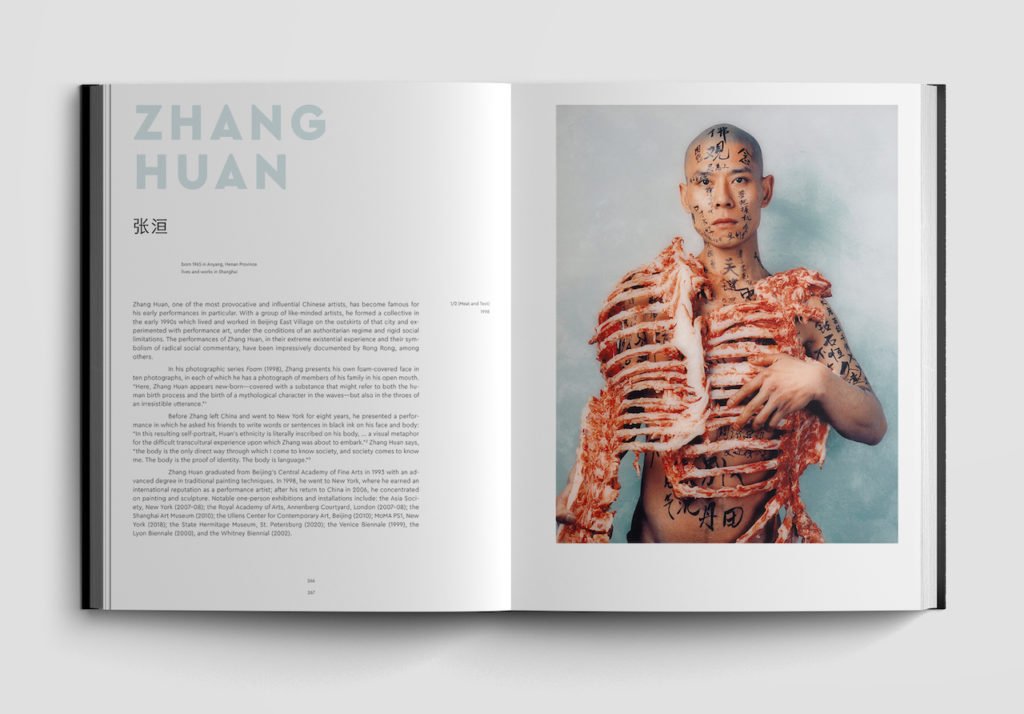
If we fast-forward to the 2010s and now 2020s, what do young Chinese photographers’ works look like now? Do they still grapple with the same issues young photographers did back in the 1980s and 90s? Certainly, with China’s vast economical and social changes, photographers must use different approaches from the radical experimental photography of the previous generation…
Nostalgia as a Recurring Theme
Nostalgia is, perhaps, one of the most universal and timeless themes within photography. The medium itself was created as a means to document memories. Nostalgia is, therefore, inherent in almost any work of photography. It is a particularly strong recurring theme within Chinese contemporary photography, up until this day.
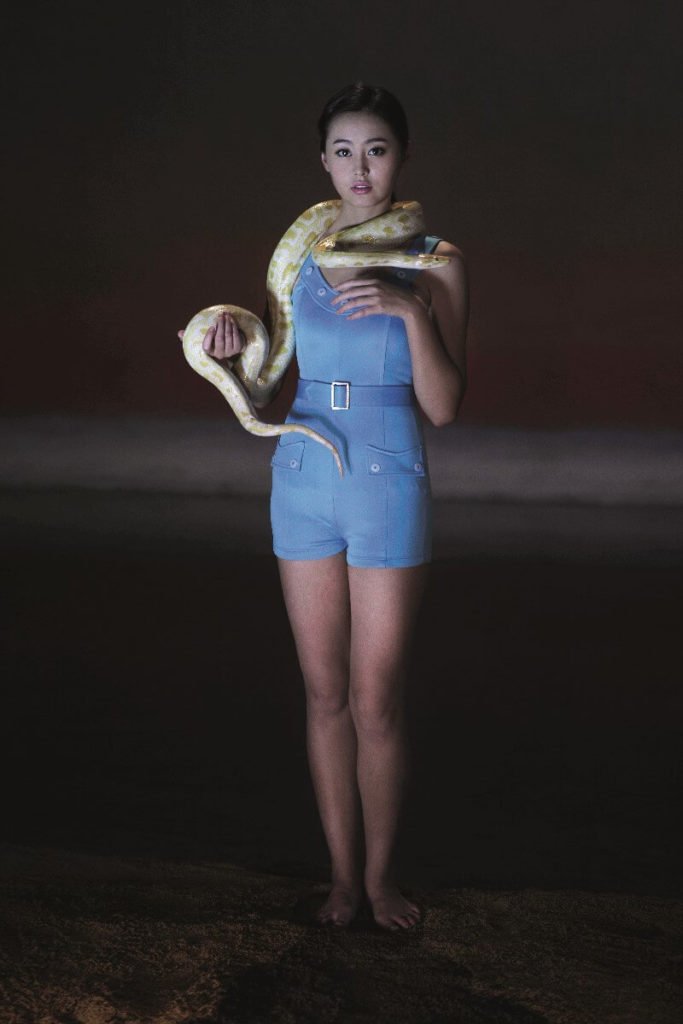
One of the most iconic Chinese photographers, fascinated by the idea of nostalgia, is Yang Fudong 杨福东 (b. 1971). Perhaps better known today for his film work, Yang’s early photographs used ideas and imagery both from 1960s Communist propaganda films and 1990s print advertisements. Considering how photographers in the late 1970s and 1980s tried to distance themselves from Communist propaganda, this approach appears to be in stark contrast.
However, Yang’s photographic work is highly complex and can be read as both sceptical of Capitalism and Communism alike. His photography tends to focus on China’s affluent, aimless urban youth and the identity crisis many young people face following the Reform and Opening Up of China. His imagery can sometimes evoke Shanghai cinema of the 1930s golden age, but it can also draw parallels between contemporary China and important moments in European art history.
Another Chinese photographer whose work is closely linked to the idea of nostalgia is Cai Dongdong 蔡东东 (b.1978). A former photographer in the People’s Liberation Army, his works use photography as a key inspiration.
After leaving the army, Cai started using vintage photographs from the Cultural Revolution to create photo assemblages and three-dimensional works. The idea to alter photographs and transform them into sculptures often resulted from spontaneous acts, such as tearing photographs and even throwing rocks or shooting arrows at them. Cai often integrates mirrors in his works, as well, which manipulates the images in different ways. By using both violent gestures, such as tearing and cutting into the vintage photographs, as well as humour and elements of the absurd, Cai creates an entirely new meaning associated to the original image. By placing images into wooden boxes and sometimes even rolling the old photograph to resemble a scroll, he also blurs the line between photographic and sculptural work.
Ruins in Chinese Contemporary Photography
A theme that is especially strong in Chinese contemporary photography is the image of urban landscapes and ruins. This theme was chosen by a number of Chinese photographers as a response to the vast urban development projects within China. Artists such as Zhang Dali, Wang Jinsong, Jiang Pengyi, Wang Qingsong, and Yang Yongliang – to name but a few – have interpreted and represented ruins in different ways through the use of photography.
Here, urban rubble was both used as an aesthetic object, as well as an object of deep meaning and historical significance. Apart from man-made demolition, there were also natural disasters that caused ruins on a catastrophic scale, such as the 7.9 magnitude earthquake in Sichuan Province in 2008. Unlike old photographs that evoke nostalgia, ruins remind of a past that can no longer be returned to – However, they also point to new beginnings.
Chai as a Symbol of Destruction
The Chinese character for demolition 拆 chai has been used in several important series in contemporary Chinese photography. The character is seen frequently on the sides of buildings. Much like an X or O would mark a tree to be cut down, the character 拆 marks buildings to be demolished.
One of the best known photographers to use this character is Wang Jinsong 王劲松 (b. 1968). In his work One Hundred Demolition Signs, Wang Jinsong presents photographs of one hundred chai characters as a grid. Lacking specific information about location and time, the artist simply presents this condition without any overt critical statement. The work suggests, however, the inescapable reality of urban redevelopment and its importance over preserving historical architecture in China.
Zhang Dali 张大力 (b. 1968) focused on photographing demolished buildings after spray painting his own iconic bald profile to the sides of buildings. Zhang Dali had lived for many years in Italy and was shocked about the physical changes that had taken place in Beijing upon his return to China. Often, he would not even recognise the city. As a reaction, he started documenting buildings he had spray painted with his profile. This series of photographs was called Dialogue. In the late 1990s, he went even further and demolished the interiors of the profiles he had sprayed on the walls. The photographic series of these interventions, called Demolition, amplified the man-made destruction of the city and its architecture.
Jiang Pengyi 蒋鹏奕 (b. 1977) is another photographer who is interested in the transformation of Beijing’s urban landscape. He also explores the possibilities of how cities could look in the future. His art-making process often involves time-lapse photography, as well as combining photography with digital post-production. He also created the series Everything Illuminates by photographing objects after pouring a mixture of wax and fluorescent pigment on top of them. In the resulting images, the viewer is left with a sense of alienation and destruction
Wang Qingsong 王庆松 (b. 1966) is a photographer who is mostly concerned with consumer culture and China’s relationship with the rest of the world. Dream of Migrants (2005) is a photograph that touches upon the numerous Chinese migrants who move to the cities from the countryside in hopes of making fast money. In an elaborate stage setting, Wang shows these migrants housed in a ruin – an image that evokes China’s phenomenon of unfinished buildings, erected only to become premature ruins. In Chinese, there is even a term for it: The lanweilou 烂尾楼 (incomplete buildings). This is also closely related to the more commonly known phenomenon “ghost cities.”
The Body and the Self in Chinese Photography
When looking at the most recent works by young Chinese photographers, one very strong recurring theme is the focus on the body and the self, with many photographers using nudity as a means of expression. Whereas nudity had already been used quite frequently among the East Village community, the body was used more as a medium to stage human conflict and express stark social and political commentary. Several decades down the line, the naked body can be found once again in Chinese photography, yet, here, the meaning of nudity is quite different. Young Chinese photographers have become much more occupied with self-perception and individual life experiences. In that sense, the use of nudity is much more about eroticism, sexuality and the search for one’s own identity.
The Meanings of Nudity
One of the pioneers of this approach was the late Ren Hang 任航 (1987 – 2017), who took his life at only the age of 29. In his brief yet phenomenal career, he became known for his playful, provocative nudes, sometimes bordering on pornography, yet never quite crossing the line. His photographs offered a glimpse into a Chinese youth subculture that very few outsiders were familiar with. With much of his work being done in his own apartment or parks, his models were friends, lovers and even family. His signature use of flash gives his shots a surreal feel and an aesthetic that is can be both alluring and disturbing.
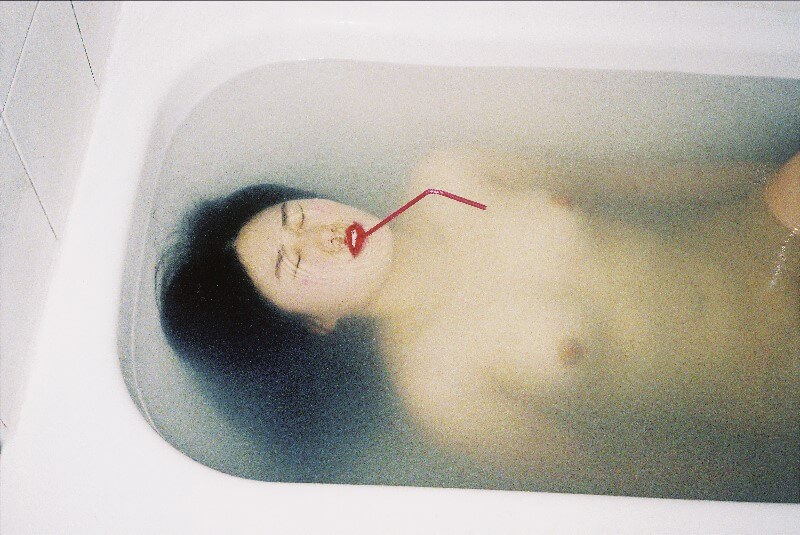
The Female Gaze
What we are seeing more and more now, as well, are female photographers from China. Pixy Liao (b. 1979) has risen as one of the most prominent Chinese contemporary photographers in recent years.
Through her work, she explores issues such as dominance within relationships, intimacy and gender roles. Born in Shanghai, she currently lives in New York, and continues to create work that shatters patriarchal stereotypes. The most common subjects in her photographs are self-portraits or shots taken together with her Japanese partner. Often in the nude, Pixy Liao experiments with switching gender roles, thereby questioning the traditional heterosexual relationships. Her best known work is her ongoing series Experimental Relationship (2007 – Present).
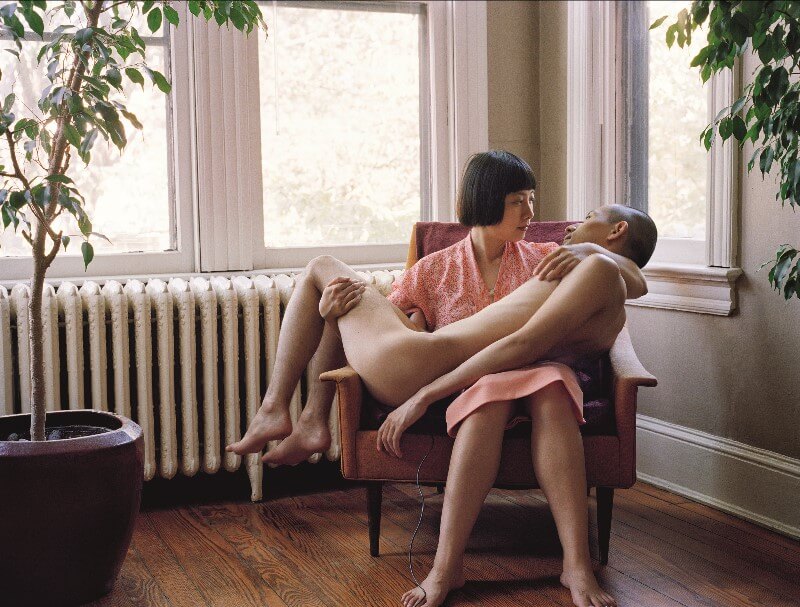
Another important female photographer is Luo Yang 罗样 (b. 1984), who is also well known for her honest depictions of young women and contemporary urban youth culture. She, too, goes against the stereotypes associated with female appearances in China, often showing her models in the midst of rebellious acts, such as shaving their heads or flaunting their tattoos.
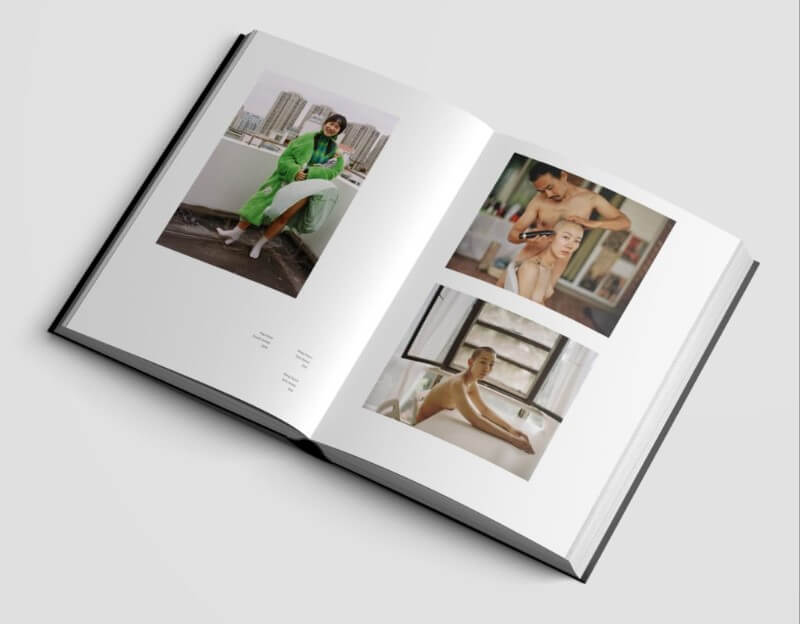
Conceptual Photography
Gao Mingxi 高明昔 (b. 1992) is a conceptual photographer whose work often resembles paintings more than photographs. His work is concerned with religion, mythology, nature, and the universe at large. His imagery is surreal, lacking any sense of time or space, but they are still largely focused on the human body. There is often a mystery around his figures. The context he places them in is unclear – their faces are sometimes completely hidden or even erased.
Gao Mingxi is fascinated by human relationships with nature, and our insignificance when placed into the broader context of the universe. He often paints on top of his photographs, which gives the images their painterly feel. He chooses male models for his photographs, as he intends to represent himself and his own state of mind in his work, as opposed to someone else’s.
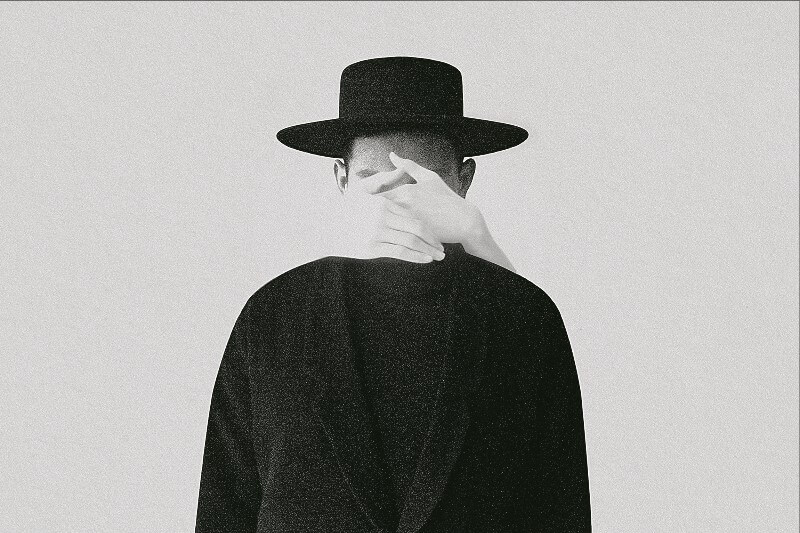
What Characterises Chinese Photography Today?
What characterises Chinese photography now more than ever is its diversity in the use of the medium, as well as the variety of themes present within the work. Young photographers still continue to document the huge changes that take place in China. Whether in quiet, black-and-white aesthetics, as can be seen in Yang Fudong or Gao Mingxi’s works, or the dramatic presentations in color by Ren Hang or Luo Yang, these works, however, are united by one thing: The urge to tell one’s own personal experiences and the deep concern regarding identity. Ultimately, these works are not about looking outwards towards “the other,” but inwards – not about them, but “ABOUT US.”
To learn more about Chinese photography check out the Tutsek Foundation’s book in the short video clip below:
More Resources on Chinese Photography
For more resources on Chinese Photography, you can explore the Alexander Tutsek-Stiftung’s exhibition materials online. Also, be sure to check out China Artlover’s earlier article on 20 famous modern Chinese photographers.
Other highly recommendable resources for Chinese Photography are TOFU COLLECTIVE and Photography of China.
Like our story about Chinese photography? Follow us on Facebook and Instagram.

